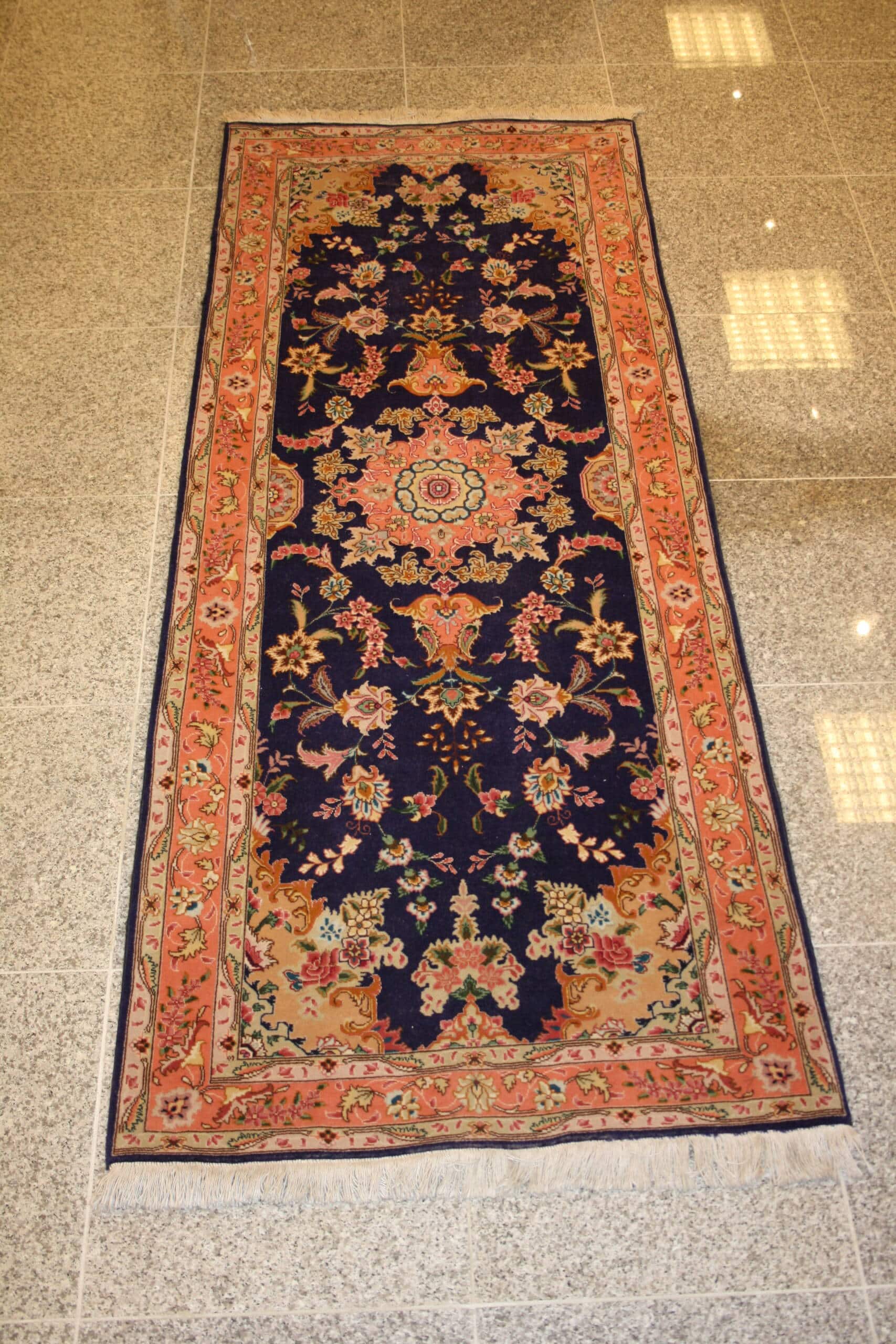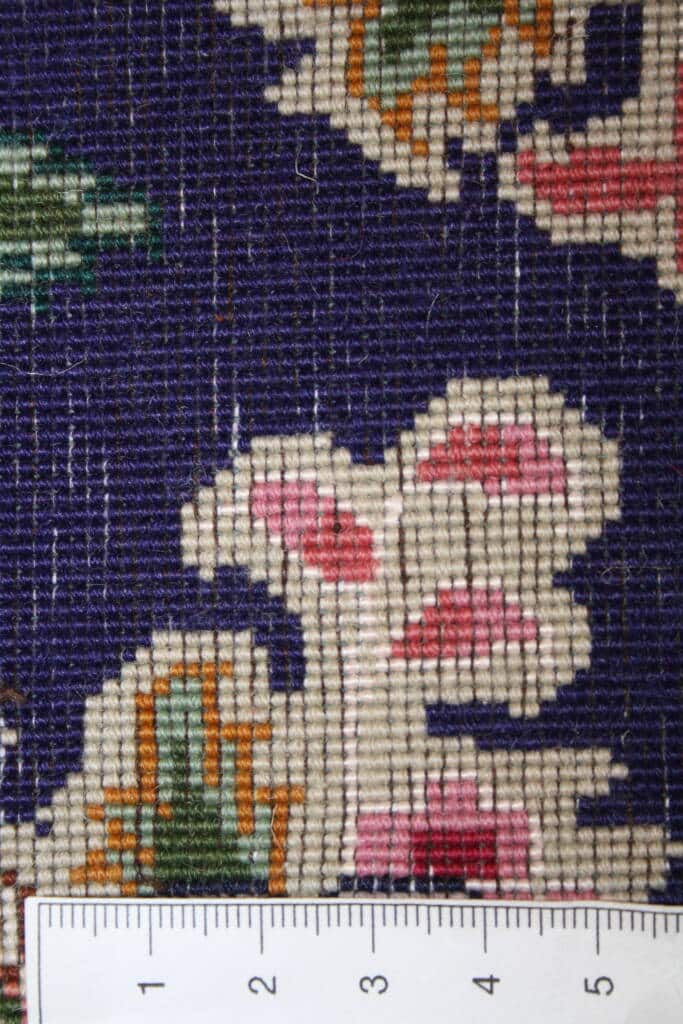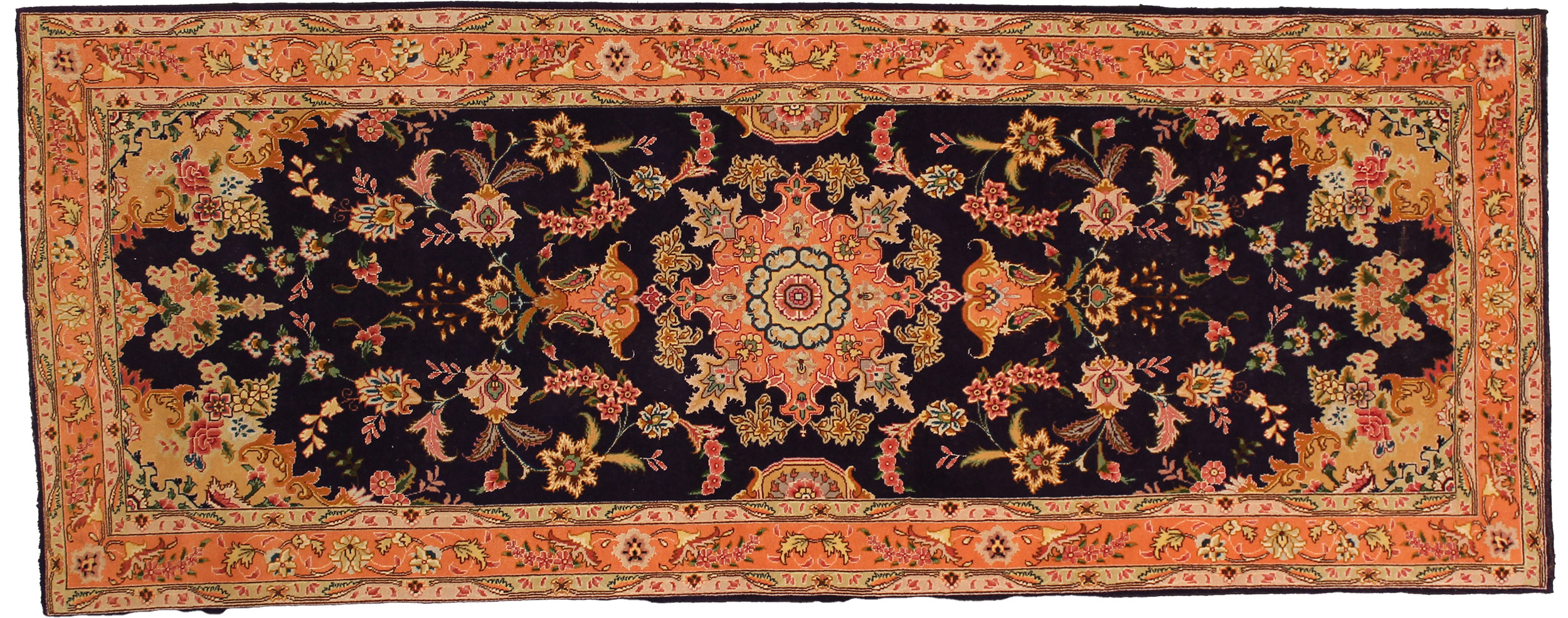Tabriz tapijten: Een tapijt van geschiedenis geweven in prachtige kunst
In the vibrant tapestry of Persian carpets, Tabriz rugs stand out as a testament to artistry, innovation, and enduring legacy. Hailing from the ancient city of Tabriz, northwest Iran, these carpets have graced the floors of palaces, homes, and museums for centuries. Renowned for their versatility, intricate designs, and exceptional quality, They continue to captivate collectors and design enthusiasts worldwide.
A Flourishing Center of Carpet Weaving:
Tabriz boasts a rich history deeply intertwined with carpet weaving. Strategically located on the Silk Road, the city became a bustling center of trade and cultural exchange. This fostered a vibrant artistic scene, with carpet weaving emerging as a prominent craft. Under the patronage of Safavid rulers in the 16th and 17th centuries, Tabriz workshops flourished, attracting skilled artisans and pioneering innovative techniques.
A Spectrum of Designs:
One of the defining characteristics of Tabriz rugs is their remarkable design versatility. Unlike some Persian carpets known for specific styles, Tabriz weavers embraced a broad spectrum of patterns. From traditional geometric designs like Herati motifs (fish patterns) to intricate floral compositions and even depictions of hunting scenes and mythical creatures, They showcase the artistic prowess and adaptability of their creators.
Unveiling the Classics: Mahi Tabriz and Medallion Designs:
Among the most celebrated Tabriz designs are the Mahi Tabriz (meaning “Tabriz fish”) and medallion designs. The Mahi Tabriz features the Herati pattern with a strong central medallion, often showcasing intricate floral motifs. Medallion designs, featuring a central ornament surrounded by a field of intricate patterns, are another hallmark of Tabriz craftsmanship. These classic designs embody elegance and balance, making them timeless additions to any space.
A Masterful Blend of Materials:
Tabriz weavers traditionally use high-quality wool as their primary material, known for its durability and rich texture. However, some Tabriz rugs incorporate silk, particularly for highlights and finer details. This blend of materials adds a touch of luxury and allows for incredibly intricate designs. The use of natural dyes further enhances the beauty of Tabriz rugs, creating a vibrant and enduring color palette.
The Raj System: A Measure of Quality:
Tabriz rugs are often categorized by the Raj system, which refers to the knot density. A higher Raj signifies a denser knot count, resulting in a finer and more intricate carpet. However, Tabriz rugs excel in both high-end, meticulously woven masterpieces and more practical rugs with a coarser weave. This allows collectors and design enthusiasts to find Tabriz rugs that suit their individual preferences and budget.
Beyond Aesthetics: Functionality and Investment:
Tabriz rugs aren’t merely decorative pieces; they are known for their exceptional durability. The dense weave and high-quality materials ensure these carpets can withstand generations of use. Owning a Tabriz carpet is not just an aesthetic choice; it’s an investment in a piece of history and artistry that can be passed down as a cherished heirloom.
A Legacy of Innovation:
The story of Tabriz carpets is one of continuous innovation. While honoring traditional designs, Tabriz weavers readily adapted to evolving tastes and incorporated new techniques. This openness to change ensures Tabriz rugs remain relevant and sought-after by collectors and design enthusiasts even today.
Tabriz carpets are a tapestry of history, artistry, and cultural heritage. From their remarkable versatility to their exceptional quality and enduring legacy, Tabriz rugs continue to captivate and inspire. Whether you seek a classic medallion design or a more contemporary interpretation, a Tabriz rug adds a touch of timeless elegance and artistic value to any space.



